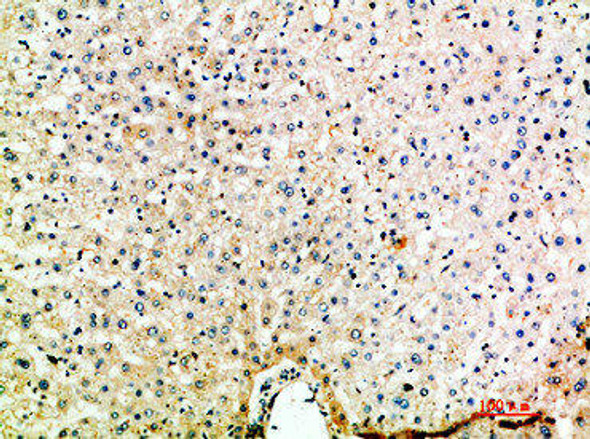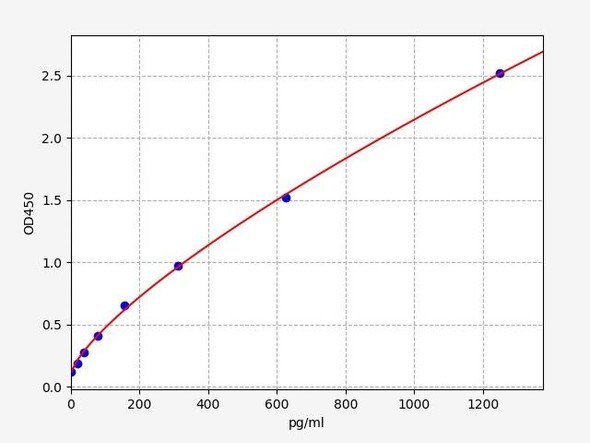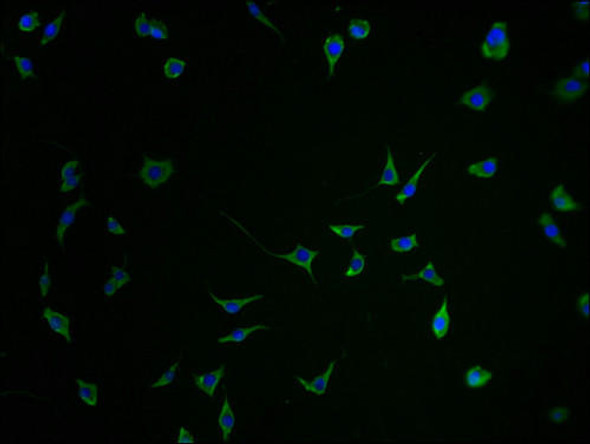Description
CCL15 Antibody (PACO55106)
The CCL15 Antibody (PACO55106) is a valuable tool for researchers studying CCL15, a chemokine with important roles in inflammation and immune response. This polyclonal antibody, produced in rabbits, is highly specific for human samples and is validated for use in various research applications, including Western blotting.CCL15, also known as MIP-1δ, is involved in recruiting immune cells to sites of inflammation and plays a key role in coordinating the immune response. By targeting CCL15 with this antibody, researchers can detect and analyze the expression of this chemokine in different cell types, providing valuable insights into its function in health and disease.
Research into CCL15 has implications for understanding inflammatory conditions, such as rheumatoid arthritis and inflammatory bowel disease, as well as cancer progression and metastasis. By studying the role of CCL15 using this antibody, scientists can uncover new therapeutic targets and strategies for treating these disorders.
| Antibody Name: | CCL15 Antibody (PACO55106) |
| Antibody SKU: | PACO55106 |
| Size: | 50ug |
| Host Species: | Rabbit |
| Tested Applications: | ELISA, IHC |
| Recommended Dilutions: | ELISA:1:2000-1:10000, IHC:1:20-1:200 |
| Species Reactivity: | Human |
| Immunogen: | Recombinant Human C-C motif chemokine 15 protein (22-113AA) |
| Form: | Liquid |
| Storage Buffer: | Preservative: 0.03% Proclin 300 Constituents: 50% Glycerol, 0.01M PBS, pH 7.4 |
| Purification Method: | >95%, Protein G purified |
| Clonality: | Polyclonal |
| Isotype: | IgG |
| Conjugate: | Non-conjugated |
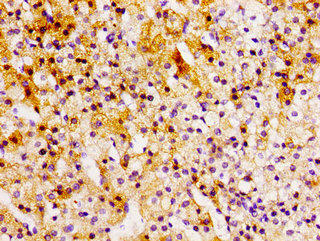 | Immunohistochemistry of paraffin-embedded human adrenal gland tissue using PACO55106 at dilution of 1:100. |
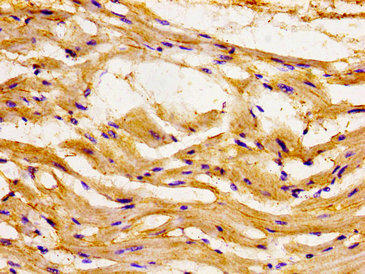 | Immunohistochemistry of paraffin-embedded human heart tissue using PACO55106 at dilution of 1:100. |
| Background: | Chemotactic factor that attracts T-cells and monocytes, but not neutrophils, eosinophils, or B-cells. Acts mainly via CC chemokine receptor CCR1. Also binds to CCR3. CCL15(22-92), CCL15(25-92) and CCL15(29-92) are more potent chemoattractants than the small-inducible cytokine A15. |
| Synonyms: | C-C motif chemokine 15 (Chemokine CC-2) (HCC-2) (Leukotactin-1) (LKN-1) (MIP-1 delta) (Macrophage inflammatory protein 5) (MIP-5) (Mrp-2b) (NCC-3) (Small-inducible cytokine A15) [Cleaved into: CCL15(22-92); CCL15(25-92); CCL15(29-92)], CCL15, MIP5 NCC3 SCYA15 |
| UniProt Protein Function: | CCL15: Chemotactic factor that attracts T-cells and monocytes, but not neutrophils, eosinophils, or B-cells. Acts mainly via CC chemokine receptor CCR1. Also binds to CCR3. CCL15(22-92), CCL15(25-92) and CCL15(29-92) are more potent chemoattractants than the small-inducible cytokine A15. Belongs to the intercrine beta (chemokine CC) family. |
| UniProt Protein Details: | Protein type:Secreted; Motility/polarity/chemotaxis; Secreted, signal peptide Chromosomal Location of Human Ortholog: 17q12 Cellular Component: extracellular space Molecular Function:heparin binding; chemokine activity; receptor binding; chemoattractant activity Biological Process: cellular calcium ion homeostasis; positive chemotaxis; cell-cell signaling; immune response; chemotaxis; signal transduction |
| NCBI Summary: | This gene is located in a cluster of similar genes in the same region of chromosome 17. These genes encode CC cytokines, which are secreted proteins characterized by two adjacent cysteines. The product of this gene is chemotactic for T cells and monocytes, and acts through C-C chemokine receptor type 1 (CCR1). The proprotein is further processed into numerous smaller functional peptides. Naturally-occurring readthrough transcripts occur from this gene into the downstream gene, CCL14 (chemokine (C-C motif) ligand 14). [provided by RefSeq, Jan 2013] |
| UniProt Code: | Q16663 |
| NCBI GenInfo Identifier: | 3915594 |
| NCBI Gene ID: | 6359 |
| NCBI Accession: | Q16663.2 |
| UniProt Secondary Accession: | Q16663,Q9UM74, B2RU34, E1P651, |
| UniProt Related Accession: | Q16663 |
| Molecular Weight: | 12,248 Da |
| NCBI Full Name: | C-C motif chemokine 15 |
| NCBI Synonym Full Names: | chemokine (C-C motif) ligand 15 |
| NCBI Official Symbol: | CCL15 |
| NCBI Official Synonym Symbols: | LKN1; NCC3; SY15; HCC-2; LKN-1; MIP-5; NCC-3; SCYL3; MIP-1D; MRP-2B; SCYA15; HMRP-2B; MIP-1 delta |
| NCBI Protein Information: | C-C motif chemokine 15; leukotactin 1; chemokine CC-2; new CC chemokine 3; small-inducible cytokine A15; macrophage inflammatory protein 5; small inducible cytokine subfamily A (Cys-Cys), member 15 |
| UniProt Protein Name: | C-C motif chemokine 15 |
| UniProt Synonym Protein Names: | Chemokine CC-2; HCC-2; Leukotactin-1; LKN-1; MIP-1 delta; Macrophage inflammatory protein 5; MIP-5; Mrp-2b; NCC-3; Small-inducible cytokine A15Cleaved into the following 3 chains:CCL15(22-92); CCL15(25-92); CCL15(29-92) |
| Protein Family: | C-C motif chemokine |
| UniProt Gene Name: | CCL15 |
| UniProt Entry Name: | CCL15_HUMAN |
| Antibodies | ELISA Kits |
| CCL15 Antibody (PACO07380) | Human CCL15 / MIP5 ELISA Kit |
| Human C-C motif chemokine 15 (CCL15) ELISA Kit |
| Secondary Antibody |
| Anti-HRP Goat Anti-Rabbit IgG (H+L) Antibody (CABS014) |
| Recommended Products |
| Anti-FITC Goat Anti-Rabbit IgG (H+L) Antibody (CABS011) |
| Anti-HRP-conjugated Beta Actin Antibody (CABC028) |






